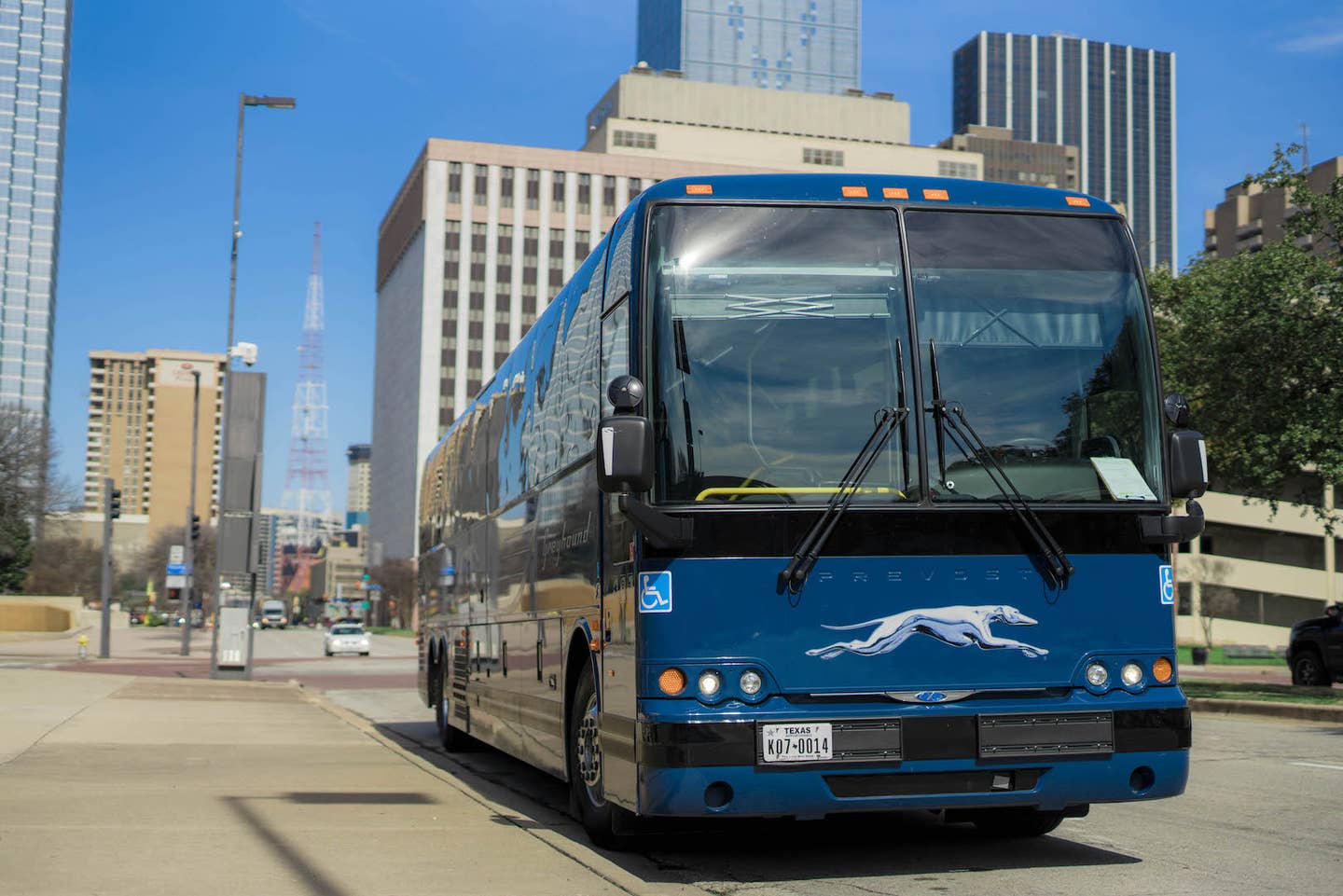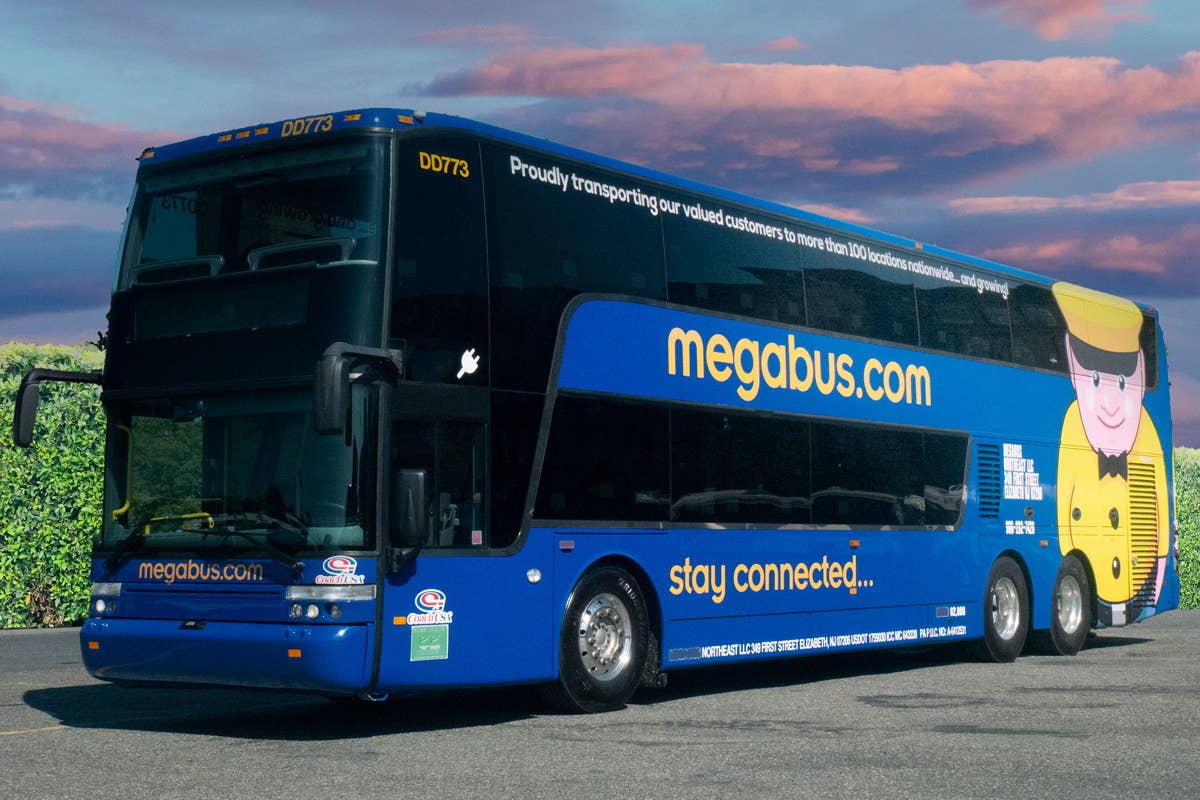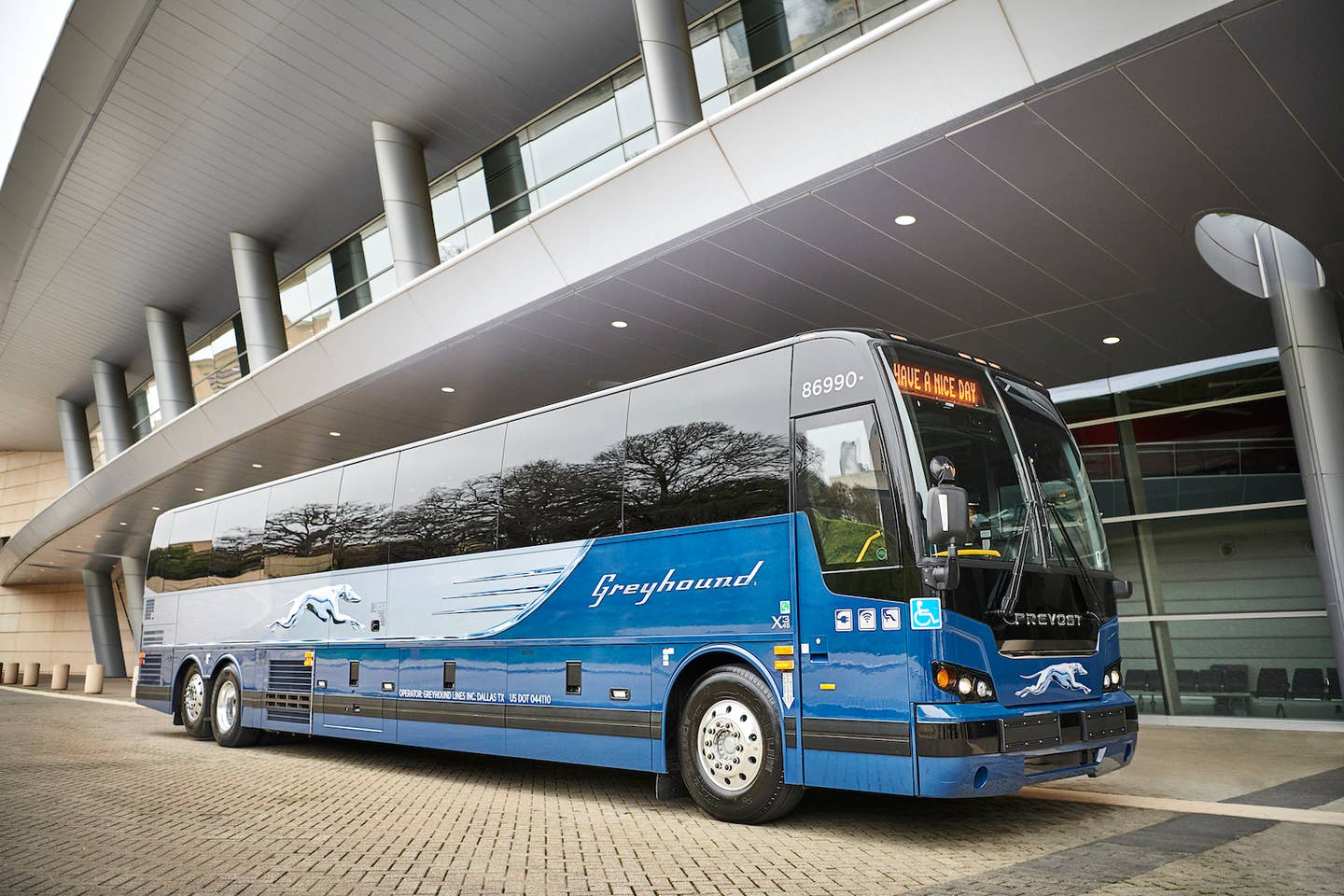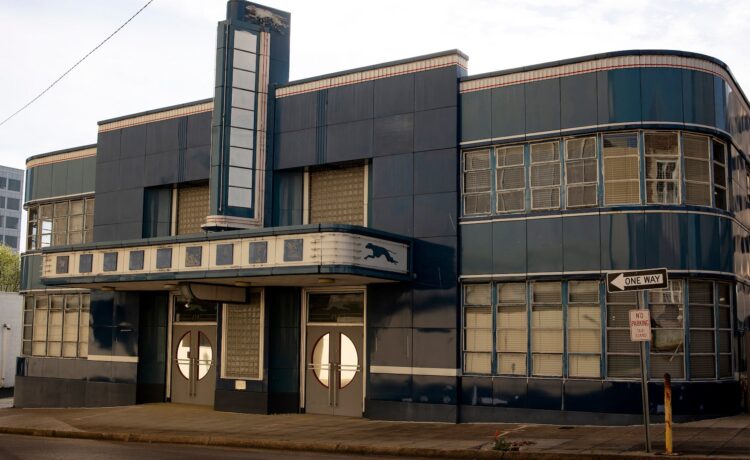The American intercity bus network isn’t what it once was, and the effects of its decline can already be felt in major cities. As ridership declines, the widespread closure of bus stations threatens to have a ripple effect that could dump travelers to linger on sidewalks. Or, in some cases, leave them without means to leave their cities to begin with.
Intercity buses make up an under-appreciated part of the U.S.’s national transport network, carrying twice as many passengers as Amtrak yearly according to CNN. To give you a sense of scale, Amtrak carried about 23 million people in financial year 2022, which’d mean intercity bus lines average around 126,000 riders daily.

A Greyhound coach bus. Greyhound
For 60 million poor Americans, it’s the preferred way to travel between cities. It’s estimated about three quarters of riders reportedly have an income below $40,000, and a quarter are unable to afford travel without buses. That’s about one in 22 Americans—an outsize portion of which are minorities or disabled. They’re the first, but not the only ones to suffer as bus stations close around the nation.
Between 1960 and 2006, bus line ridership fell from 140 million to about a third that figure, then another quarter since a rebound before COVID-19. Cities across the country from Houston to Philadelphia and Portland, OR have accordingly waved goodbye to stations, and Chicago and Dallas will reportedly follow soon. Their cost to operate, pay taxes on, and lack of public funding mean even Greyhound (the biggest carrier) is offloading these often historic buildings. Some are going to developers, but 33 have been scooped up by Alden Global Capital, a hedge fund known for buying up regional newspapers and gutting their staffs.

A Megabus intercity double-decker coach bus. Megabus
This displaces stops from city centers, and into areas that may lack transit links, or any shelter whatsoever. Increasingly common curbside service can dump passengers on a sidewalk, with no access to bathrooms or food—both important with long layovers. Losing a station weakens the rest of the route if it’s not killed entirely, and in either case has a knock-on effect on the larger system.
“All this happening at once is really startling. You’re taking mobility away from disproportionately low-income and mobility-challenged citizens who don’t have other options,” said DePaul University professor Joseph Schwieterman, an expert in urban development, to CNN. “The public sector has turned a cold shoulder to buses. We subsidize public transit abundantly, but we don’t see this as an extension of our transit system. Few governments view it as their mandate.”

A Greyhound coach bus at a modern terminal. Greyhound
“I don’t know the specific details of each building, but it is clear what is happening here: an important piece of transit infrastructure is being sacrificed in the name of higher profits,” added Stijn Van Nieuwerburgh, a Columbia Business School real estate professor.
Bus lines have reportedly called for public funding, which recently brought a new Greyhound station to Atlanta. Others advocate for integrating bus stations with preexisting train stations, combining modes of transit to strengthen both systems. But systemic under-investment plagues rail travel too, and wider change is needed to bring what should be a public good up to the standards of the developed world.
Got a tip or question for the author? You can reach them here: [email protected]














